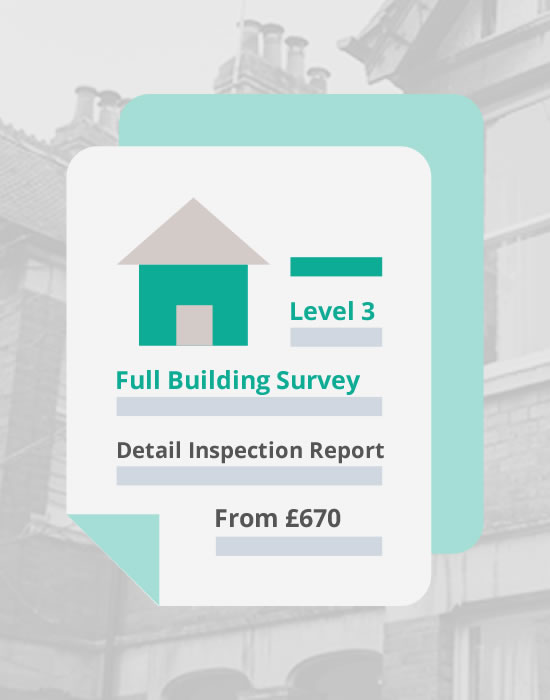In the context of purchasing a home, a most critical stages in the process is grasping its state. Many homebuyers, a Level 2 survey serves as an essential resource in gaining insights into the real estate they are evaluating. This survey offers a detailed analysis of the home, identifying potential problems that could influence its value and habitability. In an era where technology is rapidly evolving, the methods and instruments used by Level 2 surveyors are also advancing, leading to more thorough and efficient assessments for homebuyers.
As technology reshapes the field of property surveying, prospective homeowners can benefit from innovations that enhance the precision of inspections and accelerate the documentation production process. From cutting-edge imaging techniques to data analysis, these advancements not only render surveys more reliable but also help homebuyers in informed choices in their buying journey. In this article, we will examine the latest technology-driven changes in the field of Level 2 surveys, shedding light on their significance in the homebuying process and how they can eventually help you save money and prevent subsequent headaches.
Grasping Second Level Surveys
A Second Level home survey, known as a Property Buyer Report, provides a thorough assessment of a property's condition. This type of survey is intended for homebuyers who want to obtain a more profound understanding of the property's situation minus the in-depth detail included in a Level 3 survey. The 2nd Level survey covers both apparent and open parts of the home, offering insights into possible issues that may not be clear at first glance. It typically includes thorough commentary on various structural elements, services, and likely defects, making it an essential tool for knowledgeable decision-making.
When thinking about a 2nd Level survey, it is vital to comprehend what is part of and what is not. The surveyor will evaluate the condition of the building, highlight major defects, and provide an overview of maintenance matters. However, it is important to bear in mind that a Level 2 survey does not encompass the same level of depth or invasive scrutiny as a Third Level survey, which is more detailed and suited for properties that require more in-depth analysis.
For homebuyers, the significance of a 2nd Level survey lies in its capability to identify significant issues that could affect their acquisition decision and economic investment. This survey can reveal problems such as dampness, structural problems, or roof damage, which may result in negotiations for a lower price or even the reconsideration of the purchase entirely. Comprehending the ramifications of the findings from a 2nd Level survey can allow buyers to make educated choices, ensuring that they spend in a property that meets their standards and criteria.
Financial Aspects and Advantages
Comprehending the cost implications of a Level 2 survey is essential for those looking to purchase a home. The typical expense can differ greatly based on elements like property size, location, and the survey's intricacy. Usually, https://diigo.com/0yvtqr fluctuate between several hundred to more than a thousand dollars. Though this may appear like a considerable upfront investment, it is vital to consider it as a preventive measure in safeguarding your financial well-being. A carefully performed survey can identify hidden defects that might cause costly repairs down the line, which can save you money in the long run.
The benefits of a Level 2 survey reach beyond just spotting problems. It offers buyers with key insights into the property's status, allowing them to make knowledgeable decisions. The report will outline any significant problems and often provide advice on needed upkeep or repairs. This information prepares buyers with the necessary information to secure better deals or even change their purchase price based on the survey findings. As https://damm-sahin.thoughtlanes.net/the-essential-handbook-to-level-ii-surveying-professionals , a Level 2 survey acts as a critical resource in the buying journey.
Furthermore, choosing a Level 2 survey can enhance comfort and assurance. Knowing that the property has been diligently assessed by a qualified professional allows buyers to feel increased confidence in their purchase. This reassurance can be crucial for first-time buyers who may be uncertain about how to assess in a home. At the end of the day, investing in this survey not only secures your finances but also contributes to a confident and fulfilling homebuying experience.

Selecting the Correct Surveyor
Selecting a certified Level 2 surveyor is essential to ensuring a comprehensive and exact assessment of the property in question. Commence by searching for surveyors who are certified by established professional bodies, such as the Royal Institution of Chartered Surveyors (RICS). Accreditation indicates that the surveyor adheres to industry standards and holds the necessary expertise and background to conduct Level 2 surveys. Additionally, take into account their specific experience with various types of properties, particularly if the home you are considering has distinct features or is an historic or listed building.
When meeting potential surveyors, it's crucial to ask questions about their strategy to Level 2 surveys and what detailed assessments they carry out during the inspection. Inquire about their background with similar properties and any related cases where they identified notable issues that affected the buyer's conclusion. This will not only offer insight into their skill set but also help you evaluate their communication style and readiness to discuss your concerns.
Finally, think about obtaining referrals from friends, family, or real estate professionals. Client reviews and testimonials can provide valuable perspectives on a surveyor's dependability, meticulousness, and expertise. A surveyor who is highly regarded in the community is more likely to provide a detailed report that you can rely on, ultimately aiding you in making informed decisions during the homebuying process.
